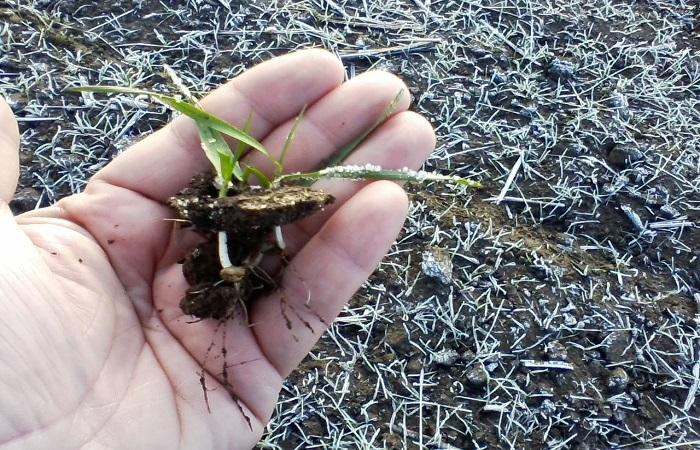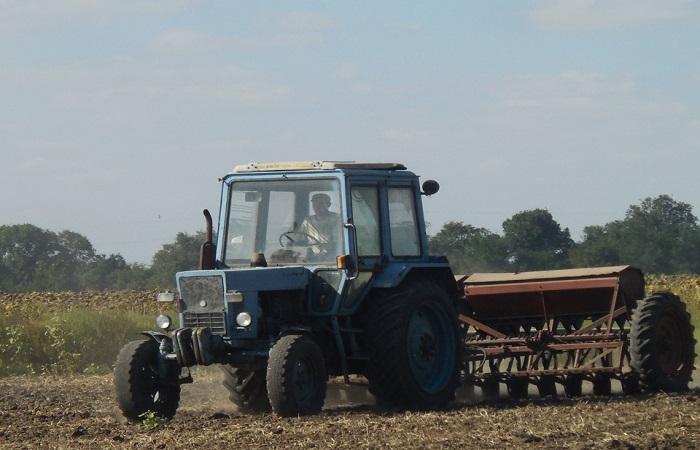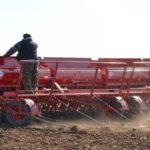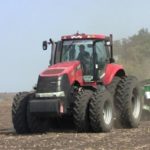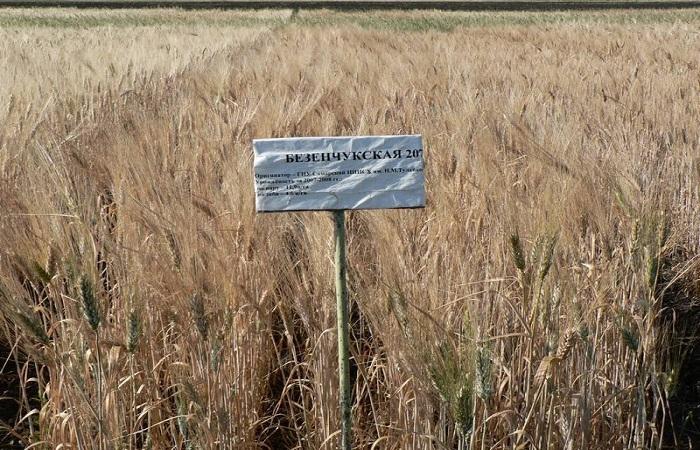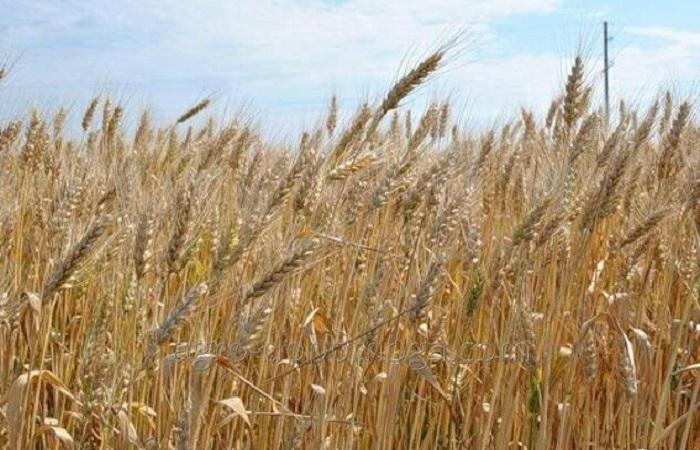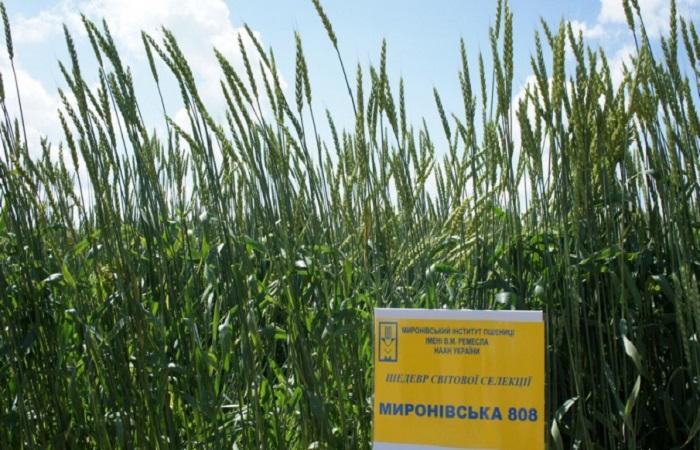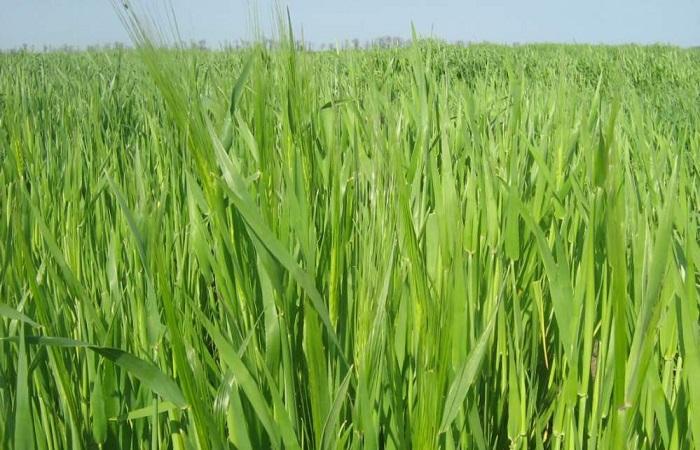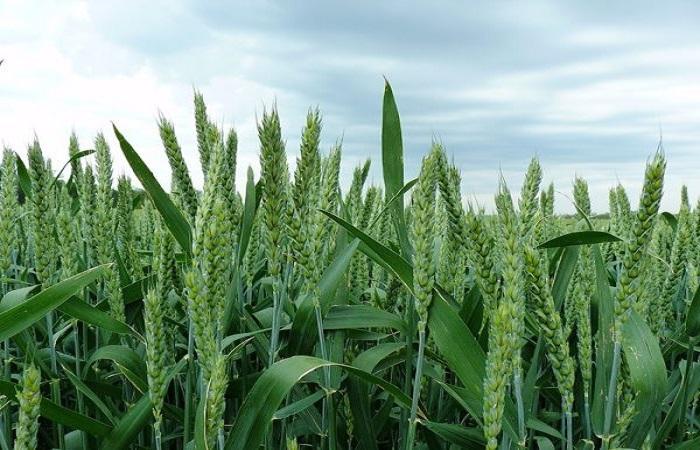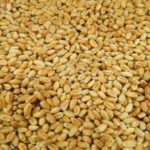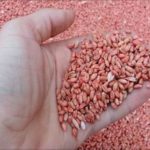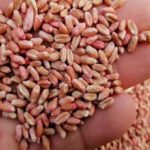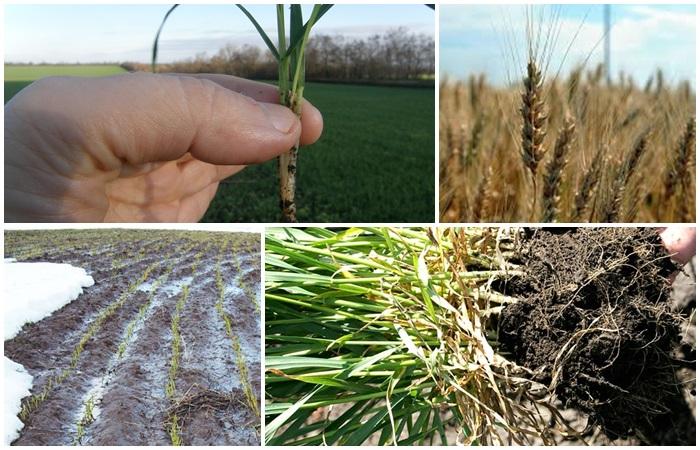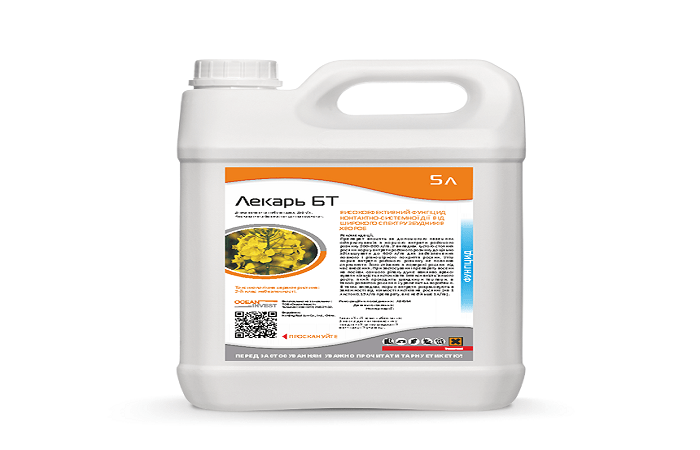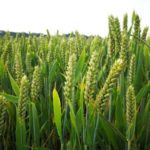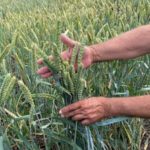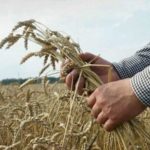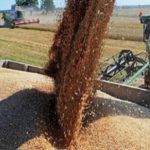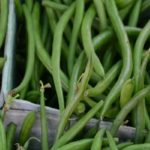The timing of grain sowing affects seed germination, seedling development, resistance to weather conditions, diseases and, ultimately, yield. Let's consider when it is necessary to sow winter wheat, the seeding rate per hectare, what variety to choose, what predecessors should be. How to prepare seeds and soil, how to care for plants, how to protect against diseases and the nuances of growing depending on the region.
- Specifics of sowing winter wheat
- When is the plant sown?
- Seeding rates per 1 ha in kg
- Variety selection
- Bezenchukskaya
- Nemchinovskaya 57
- Mironovskaya 808
- Moskovskaya 39
- Yuka
- Predecessors according to the rules of crop rotation
- Preparing seeds and soil
- Sowing rules
- Cultivation care
- Protection from diseases and pests
- Nuances depending on the region
Specifics of sowing winter wheat
Sowing dates for winter grains are important because they determine how the plants will develop and what kind of harvest they will produce. There is a period of time when sowing is most beneficial for the normal development of plants and preparing them for wintering.
If sowed earlier than the recommended time, the plants may outgrow, leaf out, and grow excess green mass. This will lead to the fact that in winter they may freeze out or suffer from diseases and pests that are still active at this time.
If you sow later, the wheat will not have time to develop, the roots and above-ground parts will not resist the cold well, and the plants will also freeze. Poor development will also affect further growth in the spring; wheat will not give a good harvest and may suffer from drought.
When is the plant sown?
Of great importance for determining the timing is soil moisture, its composition, climatic conditions, quality of sowing seeds and wheat variety. In practice, it has been found that the optimal time for sowing crops in the fall falls between September 25 and October 5. At the same time, experts have established that the average daily temperature at this time should be 14-17 °C.
If you have time to sow at this time, the wheat will have time to take root, take root, form shoots, and will withstand cold weather and other adverse weather factors.
Seeding rates per 1 ha in kg
The depth of seed placement affects the consistency and speed of germination. For smooth germination, it is necessary that the grain gets into the moist layer, but is not dropped too deep.When planted deeply, the seeds may rot before germination, and the seedlings will be weakened and will not be able to resist diseases. If the ground is wet at the time of sowing, the depth of the seeds should be, on average, 3-5 cm. If you sow earlier, the seeds can be buried more than average, if later, then they can be buried shallowly.
The optimal sowing rate for most varieties of wheat is 160-250 kg/ha. Exceeding the standards does not increase, as would be expected, but, on the contrary, reduces the yield; the resulting grain becomes more expensive due to the use of pesticides to combat diseases. In later stages, the seeding rate must be increased by 10-15% to form the optimal number of productive stems per unit area.
Variety selection
Many varieties of winter wheat have been developed, differing in characteristics and yield.
Bezenchukskaya
Durum wheat variety. Weight of a thousand grains is 36-42 g. Average yield is 21.5 c/ha, higher than the standard by 1.2 c/ha. Mid-season variety, growing season lasts 76-85 days. Resistant to lodging, drought resistance is above average. The quality of flour is satisfactory. Bezenchukskaya is moderately susceptible to leaf rust disease. In field conditions, loose smut is not affected.
Nemchinovskaya 57
Soft variety. The weight of a thousand seeds is 37-48 g. On average, it yields 34.0 c/ha. Mid-season variety, growing season lasts 292-327 days. Winter hardiness and drought resistance are at the standard level. In terms of resistance to lodging, it exceeds the standard by 0.5-1.0 points.The quality of the flour is very high. Susceptible to snow mold. It is weakly affected by powdery mildew, moderately affected by brown rust and septoria, and not affected by smut.
Mironovskaya 808
The wheat is soft, the weight of a thousand grains is 39-50 g. The quality of the flour is good. The variety is mid-season, productive, 50-56 centners are harvested per hectare. Winter hardiness and drought resistance are above average. Affected by brown rust, resistant to Hessian fly.
Moskovskaya 39
Soft winter wheat. The weight of a thousand seeds is 34-42 g. The average yield is 28.6 c/ha, 1.0 c/ha less than the standard. Mid-season, the growing season lasts 305-308 days. Winter hardiness and lodging resistance are at the standard level. The main advantage of Moskovskaya 39 is its high baking qualities. The variety is resistant to hard and dusty smut, septoria, and can suffer from brown rust and powdery mildew. Fungicide treatments are required.
Yuka
A variety of soft wheat. The weight of a thousand grains is 36-47 g. The average harvest volume is 54.4 c/ha. Mid-season, the growing season takes 227-286 days. It exceeds the standard in winter hardiness and resistance to heat, and is resistant to lodging. Good baking qualities. Resistant to powdery mildew, brown, yellow and stem rust; septoria; Moderately resistant to smut and fusarium head blight.
Predecessors according to the rules of crop rotation
Wheat is placed after legumes: early ripening soybeans, vetch, alfalfa, clover, peas, which accumulate nitrogen in the soil. In regions with sufficient moisture when fertilizing, the crop is sown after perennial grasses, green corn, peas, a mixture of vetch and oats.
Preparing seeds and soil
Selected seeds, free from impurities and damage, dry and free from mold, are suitable for sowing.Before sowing, they are treated with fungicidal disinfectants and dried.
Sowing rules
Wheat is planted mainly in narrow-row and cross-row methods, which ensure uniform distribution of plants over the area. This gives good root development, improves bushiness, cold resistance, and increases productivity. Due to the uniformity, the rows of plants close together faster, which leads to suppression of weeds, reduced moisture evaporation, and improved food and water regimes.
The rows of wheat are located from the north and south, which increases the yield by several centners per hectare due to uniform lighting throughout the day.
Cultivation care
Winter wheat needs early spring fertilizing with nitrogen in the form of ammonium nitrate at 1-1.5 c/ha. Fertilizer promotes additional tillering and increased development of shoots with ears.
Spring harrowing provides from 1.5 to 3.3 quintals of additional grain per 1 ha. It is imperative to harrow the crops if they have become overgrown in the fall to remove diseased plants and those damaged by the grain fly.
Protection from diseases and pests
If there is a threat of damage to winter crops by rot and mold, spraying with the fungicides “Aconite BT”, “Adept BT”, “Lekar BT” should be carried out.
For cereal aphids and flea beetles, leafhoppers and bedbugs, wheat is treated with the preparations “Tor BT”, “Bimol BT”, “Strike BT”, “DiChlor” using the adjuvant “Sticker BT”.
Nuances depending on the region
Despite the average sowing dates for wheat, different dates are recommended for different varieties. For example, in the north you can start sowing as early as August 1-15, in the Non-Black Earth zone - August 10-30, in the Central Black Earth zone - August 20-September 1, in the Lower Volga region - September 1-20, in the North Caucasus - September 15- October 5.
The timing of sowing seed wheat has a great influence on the further development of the crop. Both early and late sowing harms plants, worsens development and general condition, provokes the development of diseases, and makes them less resistant to pests. When sowing, it is important to take into account the condition of the seeds and soil, the degree of processing, the level of humidity, the percentage of weeds, and how fertilized it is. All this affects the germination and development of grains in the initial stages of growth.

